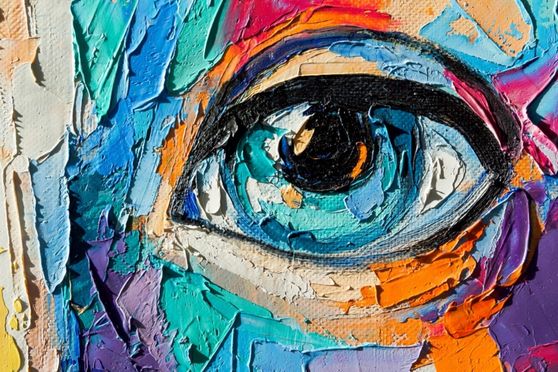The history of fine arts dates back to ancient times, with cave paintings and rock art being some of the earliest examples of human creativity. However, it was not until the Renaissance period (14th to 17th centuries) that fine arts began to flourish in Europe, with artists such as Leonardo da Vinci, Michelangelo, and Raphael creating some of the most iconic works of art in history.
During the Renaissance, artists focused on capturing realism and beauty in their works, with an emphasis on proportion, perspective, and balance. This classicism continued into the Baroque period (17th to 18th centuries), with artists such as Rembrandt and Caravaggio creating dramatic, highly emotional works of art.
The 19th century saw a shift towards Romanticism, with artists such as Eugène Delacroix and Francisco Goya creating works that emphasized emotion and individualism. Realism also emerged as a significant movement, with artists such as Gustave Courbet and Édouard Manet depicting everyday life in their works.
The late 19th and early 20th centuries saw a significant departure from traditional art styles, with the emergence of modernism. Modernism rejected the traditional rules and conventions of art, instead emphasizing innovation, experimentation, and abstraction. Artists such as Pablo Picasso, Wassily Kandinsky, and Marcel Duchamp created works that challenged the very definition of art, paving the way for new artistic movements such as Cubism, Futurism, and Dadaism.
In the mid-20th century, abstract expressionism emerged as a dominant movement in the art world, with artists such as Jackson Pollock and Mark Rothko creating works that emphasized the physical act of painting and the expression of emotion through color and form. Pop art, minimalism, and conceptual art also emerged as significant movements during this time, with artists such as Andy Warhol and Sol LeWitt creating works that challenged the consumerist culture of post-war America.
In the contemporary art world, artists continue to push the boundaries of traditional art styles and conventions, with new mediums such as video, installation, and performance art becoming increasingly popular. The focus has shifted towards issues such as identity, politics, and social justice, with artists such as Ai Weiwei, Kara Walker, and Banksy creating works that challenge societal norms and provoke critical thinking.
In conclusion, the evolution of fine arts has been a rich and diverse journey, with each era and movement contributing to the development of the art world as we know it today. From the classicism of the Renaissance to the bold experimentation of modernism and the contemporary works of today, fine arts have continued to evolve, challenge, and inspire us. By studying the evolution of fine arts, we can gain a deeper appreciation of the power and significance of art in our lives and society.



